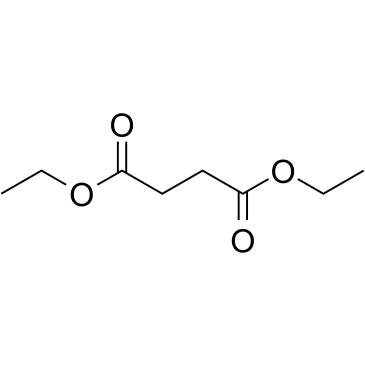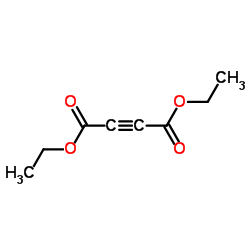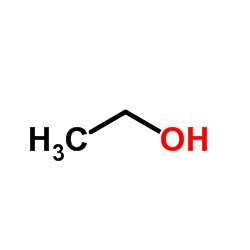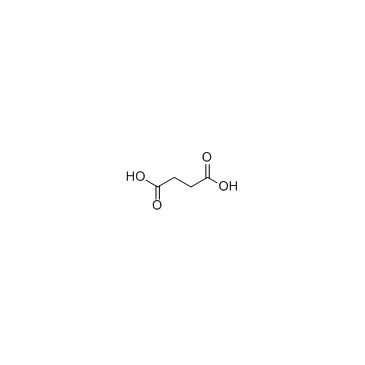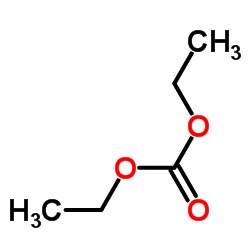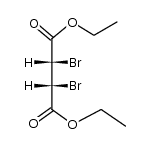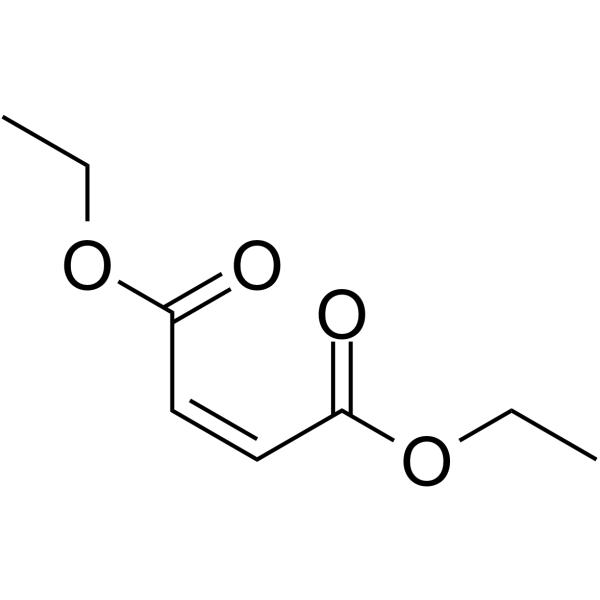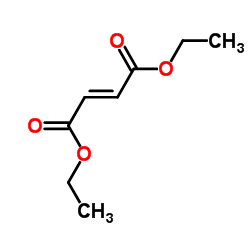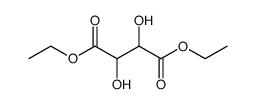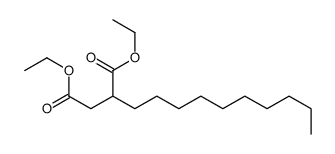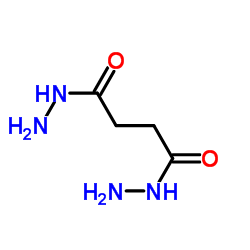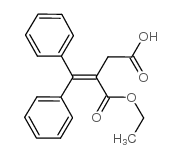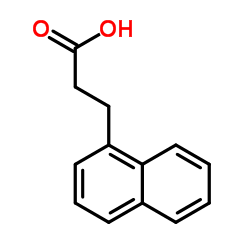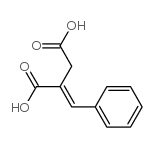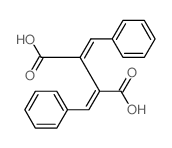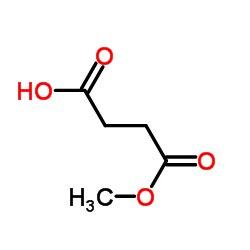123-25-1
| Name | Diethyl succinate |
|---|---|
| Synonyms |
succinic acid diethyl ester
Butanedioic acid diethyl ester EINECS 204-612-0 MFCD00009208 Butamedioic acid diethyl ester Diethyl Butanedioate Butanedioic acid, diethyl ester diethyl butane-1,4-dioate Diethyl succinate Ethyl Succinate |
| Description | Diethyl succinate (Diethyl Butanedioate) is used at physiological pH and crosses biological membranes, incorporates into cells in tissue culture and is metabolized by the TCA cycle. Diethyl succinate is known to be non-toxic and used in fragrances and flavoring[1]. |
|---|---|
| Related Catalog | |
| References |
| Density | 1.0±0.1 g/cm3 |
|---|---|
| Boiling Point | 218.4±8.0 °C at 760 mmHg |
| Melting Point | -20 °C |
| Molecular Formula | C8H14O4 |
| Molecular Weight | 174.194 |
| Flash Point | 90.6±0.0 °C |
| Exact Mass | 174.089203 |
| PSA | 52.60000 |
| LogP | 1.26 |
| Vapour density | 6 (vs air) |
| Vapour Pressure | 0.1±0.4 mmHg at 25°C |
| Index of Refraction | 1.423 |
CHEMICAL IDENTIFICATION
HEALTH HAZARD DATAACUTE TOXICITY DATA
|
| Personal Protective Equipment | Eyeshields;Gloves;half-mask respirator (US);multi-purpose combination respirator cartridge (US) |
|---|---|
| Hazard Codes | Xi |
| Risk Phrases | R36/37/38 |
| Safety Phrases | S26-S36-S24/25-S22 |
| RIDADR | NONH for all modes of transport |
| WGK Germany | 2 |
| RTECS | WM7400000 |
| HS Code | 29171990 |
| Precursor 10 | |
|---|---|
| DownStream 9 | |
| HS Code | 29171990 |
|---|

